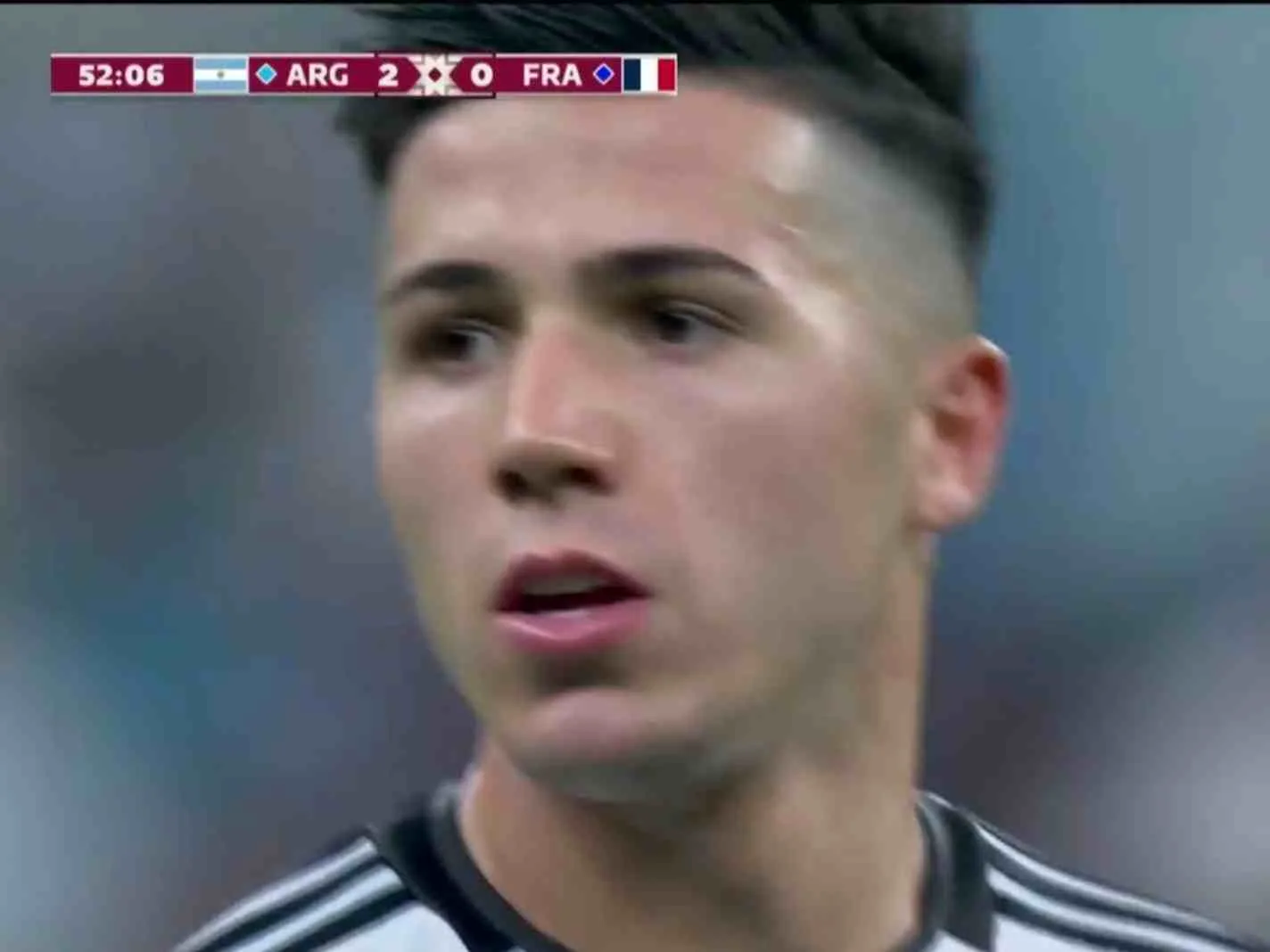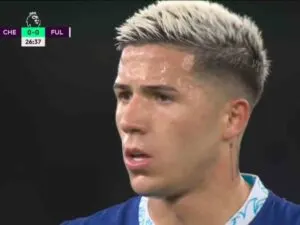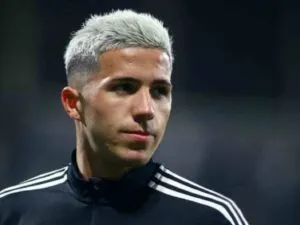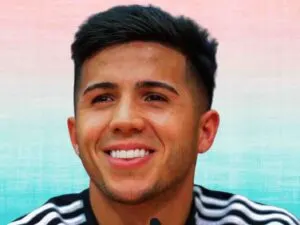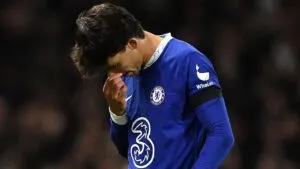After a month-long saga featuring intense negotiations, numerous approaches, and plenty of suspense, Chelsea finally have their man, Enzo Ferandez is officially a Blue.
Possibly the crown jewel on top of their extravagant winter spending, the World Cup winner and Young Player of the Tournament is all set to arrive at Stamford Bridge in a deal worth £107m.
Unlike Chelsea’s other deals for the likes of Joao Felix, Mykhaylo Mudryk, Noni Madueke, Benoit Badiashille etc, recruiting the Argentine was far from simple.
His stock saw a dramatic rise after an impressive showing during the Qatar World Cup, as Enzo went from backup option to first-choice starter after just a couple of games.
The 22-year-old was crucial to La Albiceleste’s World Cup charge, as his impressive passing range, bravery in possession and tenacity without it all brought much-needed energy to the Argentinian unit.
After being crowned ‘Young Player of the tournament’, a number of top European clubs expressed interest in the midfielder chief amongst them being Chelsea.
How Chelsea pulled off Enzo Fernandez deal on Deadline Day?
Even before their winter transfer extravaganza began, the Blues had Fernandez marked down as a priority target, so how did such a crucial deal go all the way down to the wire?
Well, it was the result of a mad series of negotiations between Chelsea and Enzo’s former club SL Benfica.
As laid out by numerous reputable sources, the deal’s timeline is quite bizarre and frantic, and initial contact between the two clubs started as early as the beginning of January.
The London outfit’s first enquiry for Fernandez led to positive conversations between all parties involved, and it didn’t take long for personal terms to be agreed upon between the player and Chelsea.
However, the deal was far from secured, as Benfica needed convincing, and more specifically, it was the club’s president Rui Costa who required plenty of persuasions.
Costa rubbished Chelsea’s first formal offer for £85m excluding add-ons and insisted that his entire release clause (€120m) be paid upfront.
Fazed by the demands, the Blues distanced themselves from the deal but their interest remained, although the club had started looking for alternatives.
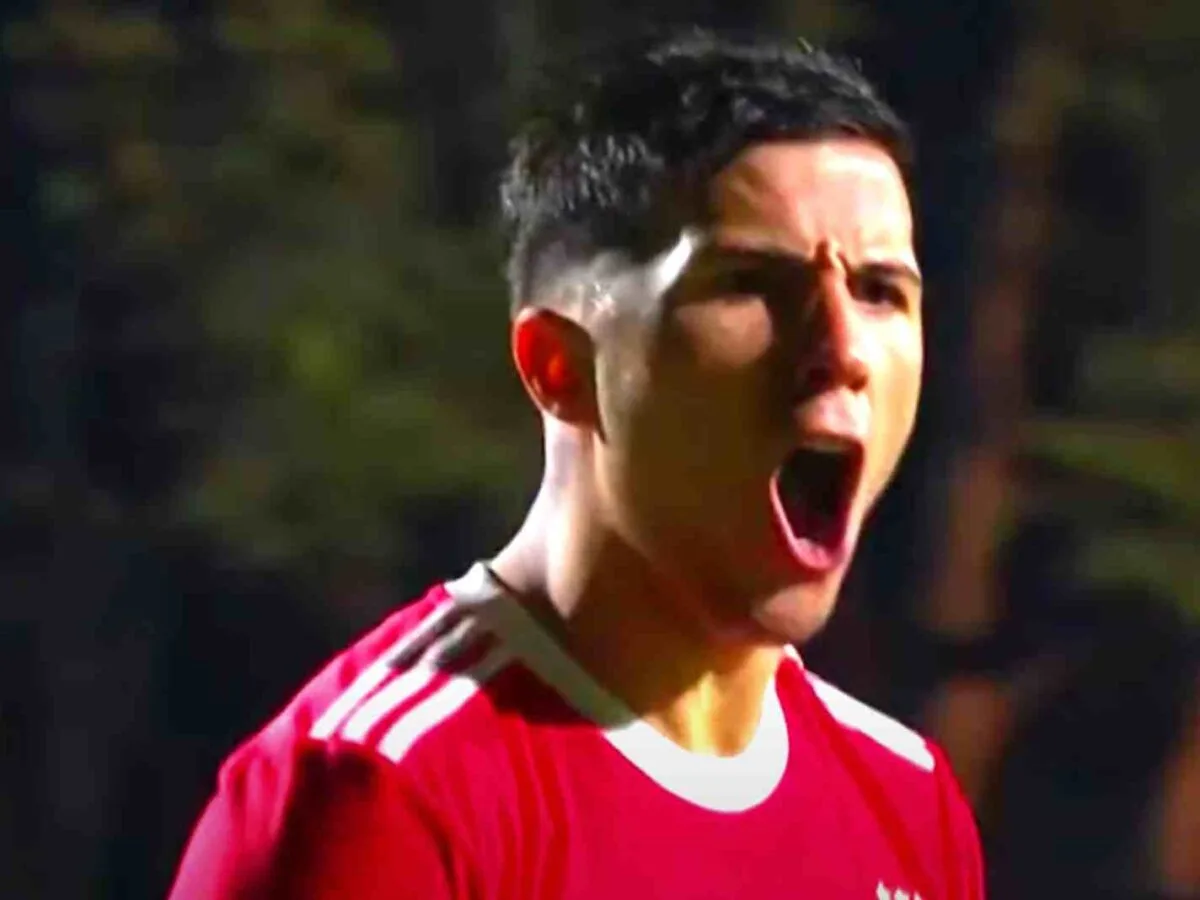
They even made a £55m proposal to Brighton for Moises Caicedo, before being shot down immediately.
Any potential deal for Fernandez went on the back burner, as Todd Boehly and co turned their attention elsewhere and completed a number of transfers.
In fact, it wasn’t until the final 2 days of the window that Chelsea re-ignited their interest in the player, with co-owner Behdad Eghbali leading negotiations.
The Premier League side made a number of proposals to Benfica, including an offer for
£100 + players, only to be met with stern rejection and demands for the release clause to be paid upfront.
On deadline day, the clubs negotiated for 12 hours straight with Chelsea refusing to take ‘no’ for an answer and Benfica refusing to budge from their stance.
Eventually, an agreement was struck, the Blues agreed to pay the release clause in 6 instalments and Rui Costa hesitantly green-lit the deal.
Despite the agreement, there were still plenty of doubts looming over the deal, as Costa approved the deal only an hour before the window slammed shut.
However, Chelsea were prepared for such a scenario as they wasted little time in preparing the Deal Sheet, which helped them secure additional time to complete other formalities.
Why did Chelsea get an additional hour past the deadline?
With January Transfer deals often going down the wire, FIFA allows for a 1-hour extension to the deadline, but only if a deal sheet is signed and presented in time.
Keeping this in mind, Chelsea worked at a great pace to submit the deal sheet and gain additional time to iron out the rest of the paperwork.
In the case of transfers between English clubs, the Premier League allows for a 2-hour extension.
Although, this wasn’t applicable since the parties involved are from different European nations, classifying this as an International deal.
After gaining the extension, Chelsea finalized the contracts and term sheets, capping off a mad dash to the finish line.
Utilizing the extension shows how quickly Chelsea’s new owners have adapted to the Football landscape, as the option has always been available to other clubs as well.
Their FFP workaround of handing out lengthy contracts to players to amortize transfer values also displays their ingenuity, despite the approach’s high risk- high reward nature.
Nevertheless, Enzo Fernandez concluded a successful window for Chelsea’s owners, at least in terms of further realizing their vision for the club.
The onus is now on Graham Potter to make the best out of the players he has been provided with.

